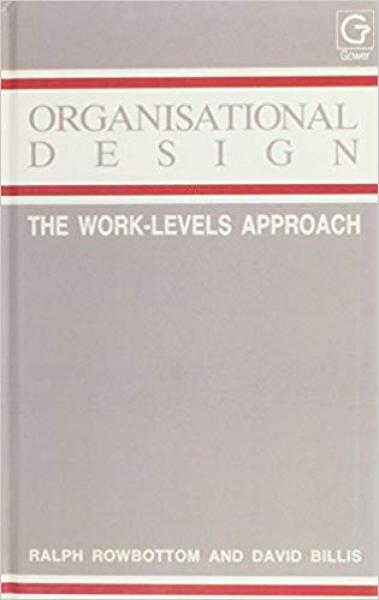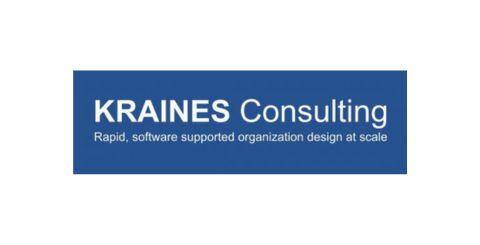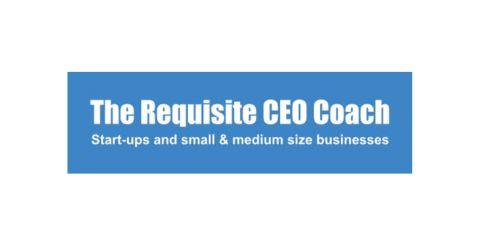Organizational Design
The Work-Levels Approach FREE DOWNLOAD

Obtain this book
To download a digital copy of this book for free
You need to register for a free GO Society web site account if you don't already have one at https://globalro.org/user/register. Then log into your account at https://globalro.org/user/login. Next, return to this page and you will be able to see and download the file.
Document Info:
This E-Book is presented in PDF format and is downloadable in a word/phrase searchable PDF format ~26 MB file size and 170 pages in length .
Originally published: 1987 by Gower Publishing Company Limited, Aldershot, UK
ISBN 0 566 05408 6
This book presents a fundamental theory of work levels drawing on 20 years of problem-based research by the authors. In essence it identifies a range of different responses that organisations can make to their environment. Each successive level of response is increasingly more complex and comprehensive. The theory makes it possible to decide on the correct number of main management levels and the difference sorts of output or responses expected in all jobs. It presents a radically different conception of individual abilities and the way they change through working life.
Part One of the book shows how the approach can resolve many fundamental problems of organisations. It discusses how individual abilities relate to required levels of work, and what this means for appraisal, career development, and reward. It examines six prime design issues: basic level of work and highest level of work required from any organisation, the number of main management levels required, the optimum grouping of activities, spans of control, and staff and support structures. The implications of the ideas for a variety of other organisational issues such as teamwork, matrix organisation, decentralisation, and worker participation, are also discussed.
Drawing on many fields and settings, Part Two summarises how the approach applies to factory organisation; selling and service work; professionals in public services; and top structures in industry and commerce; and top structures in health services and local government.
Overall, the book offers a comprehensive approach to organisational design which is grounded in practical problems. Whilst acknowledging a great debt to the pioneering work of Elliot Jaques this book emphasises required "outputs" or end-products rather than levels of abstraction and time-span of discretion.






